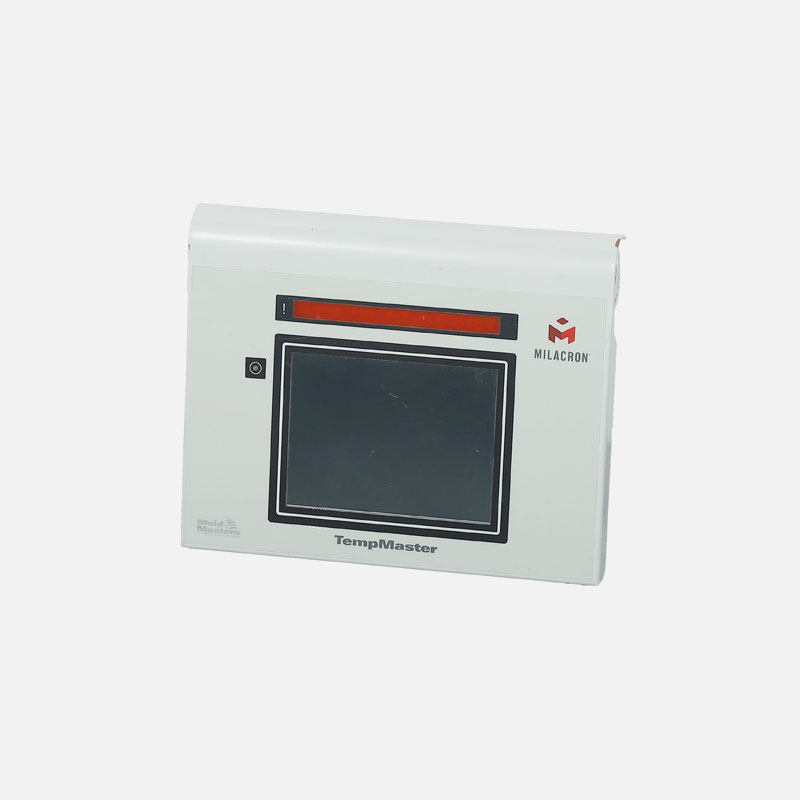Tips for Selecting and Using Galvanized Sheet Welding Metal Parts
2024-08-07
Introduction
Selecting the right galvanized sheet welding metal parts is crucial for achieving optimal performance and durability in industrial applications. Whether you're involved in construction, manufacturing, or infrastructure projects, understanding how to choose and use these components effectively can streamline processes and enhance project outcomes. In this blog, we'll provide practical tips for selecting, handling, and utilizing galvanized sheet welding metal parts.
1. Consider Environmental and Application Requirements
Before selecting galvanized sheet welding metal parts, assess the environmental conditions and application requirements. Determine factors such as exposure to moisture, chemicals, temperature fluctuations, and mechanical stresses. Choose galvanized sheet metal with a zinc coating thickness and grade suitable for the specific conditions it will encounter.
2. Verify Compliance with Standards
Ensure that the galvanized sheet metal parts comply with relevant industry standards and specifications. Standards such as ASTM A123/A123M for zinc coatings on iron and steel products provide guidelines for coating thickness, adhesion, and performance. Compliance ensures that the parts meet quality and performance expectations.
3. Evaluate Welding Compatibility
Select welding techniques and procedures that are compatible with galvanized sheet metal. Consider the zinc coating's sensitivity to heat during welding to avoid damaging the protective layer. Use proper ventilation and protective measures to minimize exposure to zinc fumes, which can be harmful to health.
4. Surface Preparation and Cleaning
Proper surface preparation is essential for successful welding of galvanized sheet metal parts. Remove any contaminants, oils, or residues from the surface before welding to ensure a clean and stable weld joint. Use mechanical or chemical cleaning methods as recommended by welding standards and best practices.
5. Implement Proper Handling and Storage Practices
Handle galvanized sheet metal parts with care to avoid damaging the zinc coating. Store them in a dry, well-ventilated area to prevent moisture accumulation, which can lead to corrosion. Avoid dragging or dropping parts to maintain their integrity and protective properties.
6. Monitor and Maintain Coating Integrity
Inspect galvanized sheet metal parts regularly for signs of damage or corrosion. Address any scratches, abrasions, or exposed areas promptly by applying touch-up coatings or corrosion inhibitors. Implement a maintenance schedule to ensure long-term performance and durability of galvanized sheet metal components.
Conclusion
Selecting and using galvanized sheet welding metal parts requires attention to detail, adherence to standards, and proper handling practices. By considering environmental requirements, verifying compliance with standards, evaluating welding compatibility, and implementing effective maintenance practices, industries can maximize the durability and performance of galvanized sheet metal parts in various applications.



